When I arrive at the reception desk of the Archipel residential care center in Almere and ask for Hein Walter, the response is, ‘Ah, our artist!’ Straight ahead and into the last room on the right. I’m a bit early and hear a commotion in the room.
I sit down and see works of art hanging in the ‘waiting room’. Indeed, one is signed ‘Hein Walter’. A few older men, then older women, and finally a whole group of schoolchildren emerge. I can go in, but the artist still has some things to take care of outside.
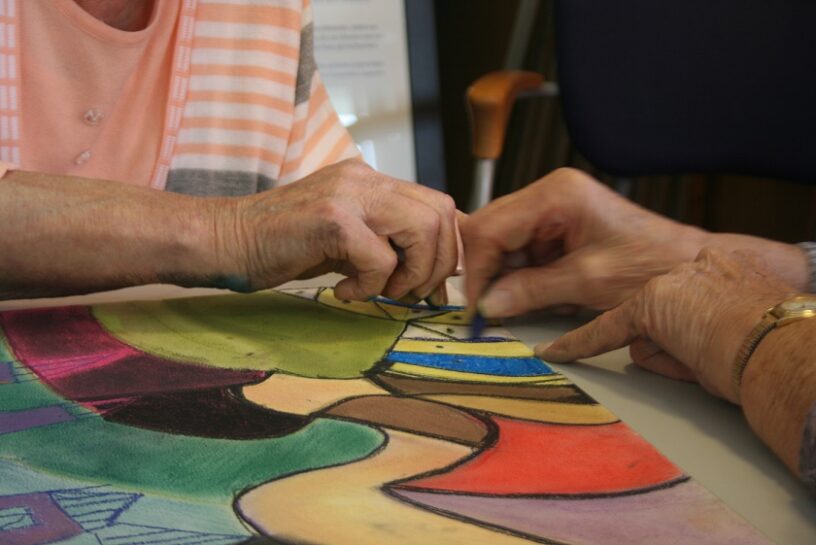
Care Art
Two old men are still drawing with crayons. A black poodle ambles back and forth. I hear the dog’s name is ‘Nina’. In a cupboard, I see art books, some very hefty, while in others, framed works, neatly lined up. On a side table, there are open paint pots and paintbrushes. Drawings have been left behind on the large center table. I see a box of Caran d’Ache colored pencils.
Hein Walter has taken care of some business and begins his story. “I’m an independent artist, creating freelance work, and I’m also a ‘care artist.’ Here at Archipel, but also elsewhere, I do care art projects. Art is used for the social development of people. With art, we bring people together. The artwork is a means to an end, not the goal.” Walter has established a special foundation for this purpose: the Silkworm (Zijderups) Foundation.
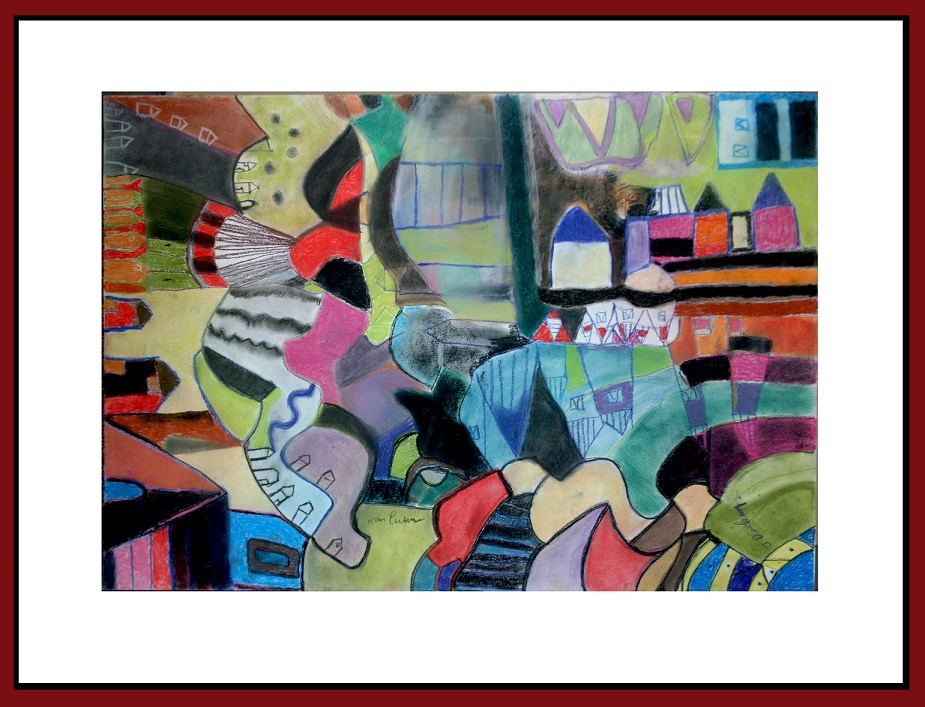
Odballs
Care art encompasses not only visual art, but also music and literature, especially poetry. Walter: “Art plays an important role in society. Over the past forty or fifty years, art has become too introverted. The world is in great need of creativity, and the time is ripe for artists to be more helpful. Two things are at play simultaneously: on the one hand, independent artists struggle to carry out their activities, in terms of sales; on the other hand, there’s the societal desire/need to give artists a role in society.”
This appears to be closely linked to the original perspective artists have on things. “They often have a lot of enthusiasm and are often ‘oddballs; a kind of jester. In inward-looking institutions like schools or senior centers, it can be very refreshing to let an artist in. The institutions themselves usually don’t know how to approach it, but artists are very adept at it.”
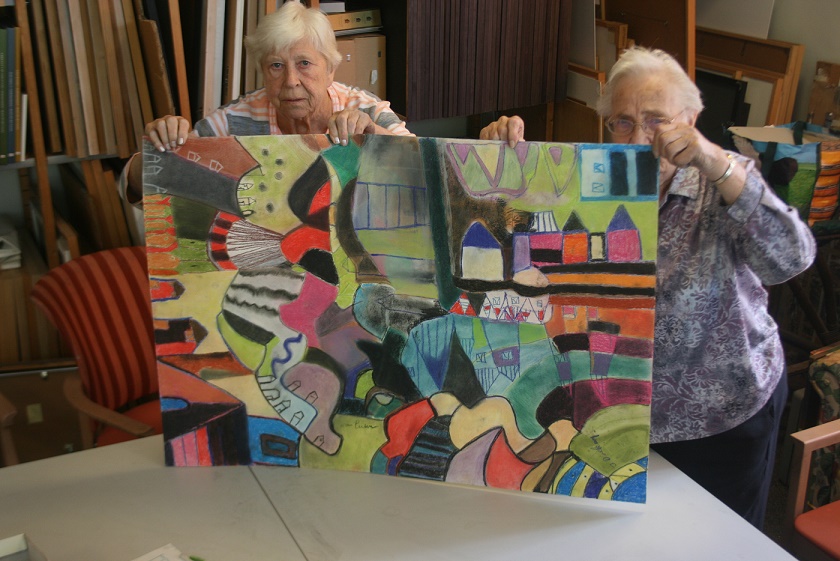
Creative oasis
The people who attend Walter’s courses love coming to his space. They especially appreciate the ‘chaos’. “It’s a creative oasis here. People are at ease, free to be themselves. We also have people with dementia here, but when they’re working, you don’t even notice. Classical music plays, and people are focused. We work with high-quality materials. Good paper, expensive crayons. Entire conversations flow naturally, about the war, for example, or philosophical themes.”
And there are also schoolchildren. In a group of seven older adults, some of the schoolchildren draw the older adults. Walter shows me some beautiful faces of the older persons, drawn by the children. A total of fifteen children come throughout the year.
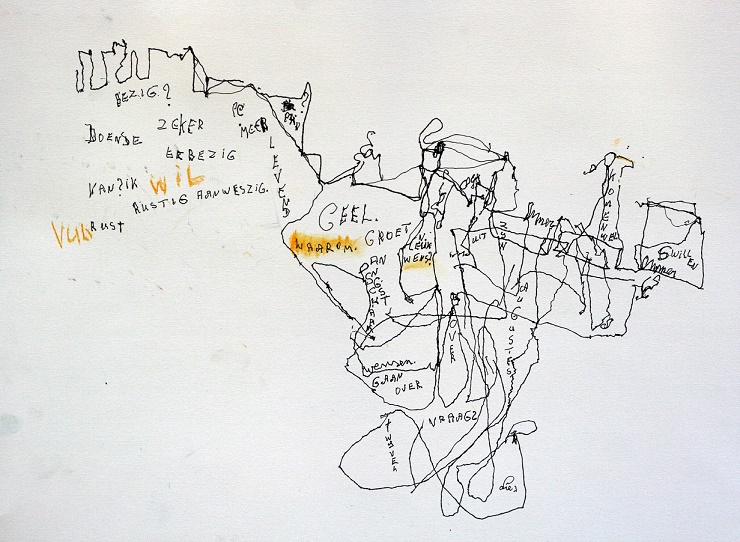
At the end of a series of drawing sessions, there’s an exhibition. The works are beautifully framed. He shows me a piece; I see color combinations, and I can recognize fruit. “Made by four people, each with their own style.” He shows me drawings by different people; some are exceptionally detailed, others more exuberant. “Everyone has their own signature style. An exhibition with the framed works seems to be very beneficial for the creators’ self-esteem.”
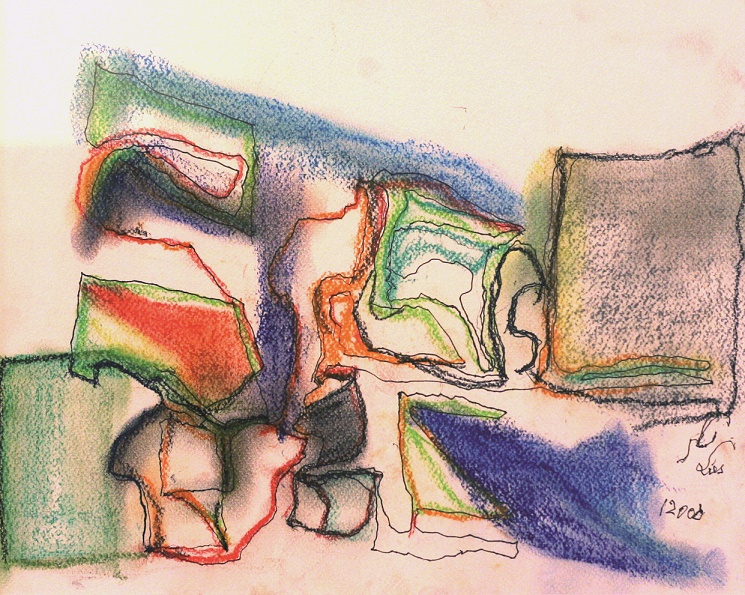
Dementia Process
Yet, the enthusiasm seems to be primarily among women and less so among men. “Men are stuck in their roles, women are better at letting go.” This is especially evident when embarking on the dementia process. Walter has his own views on dementia. “Dementia isn’t pointless; on the contrary. Thinking disappears, but feeling remains. There’s a lot of unresolved history. You start to feel things you’ve let go of in your life. If you express that, you become more balanced. It’s an opportunity to put things in order before you die.”
When people develop dementia, barriers and masks fall away. “They let go of everything. Things can happen that they never dared to. If you had asked some women ten years ago if they wanted to draw, they would have responded with, ‘I can’t.’ Now they dare. That way, they can become someone else. There’s a complete openness, comparable to the openness of children.”
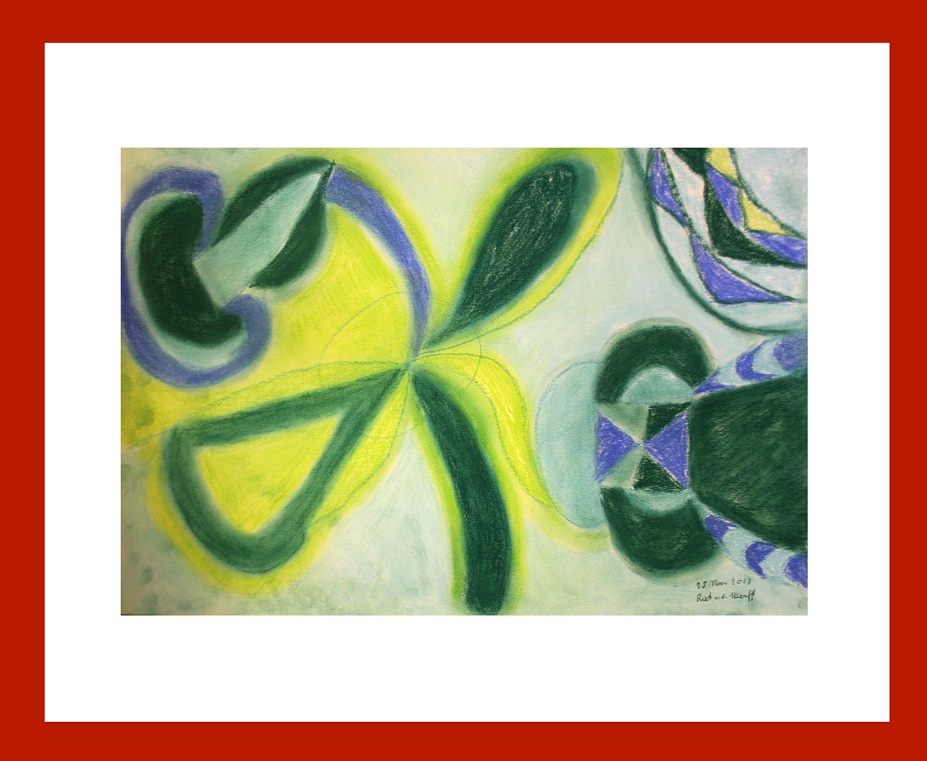
Some of the drawings, especially the very detailed, delicate ones, gave me the idea of works belonging to Outsider Art. Walter told me that work by a few people from the Archipel has been added to the collection of the Amsterdam Hermitage.Museum (now called H’ART Museum) “Many beautiful things can arise during the dementia process, which wouldn’t happen without dementia. I work on talent development for elderly people with dementia, a total of 42 people. But at the same time, ten to twenty die every year.”
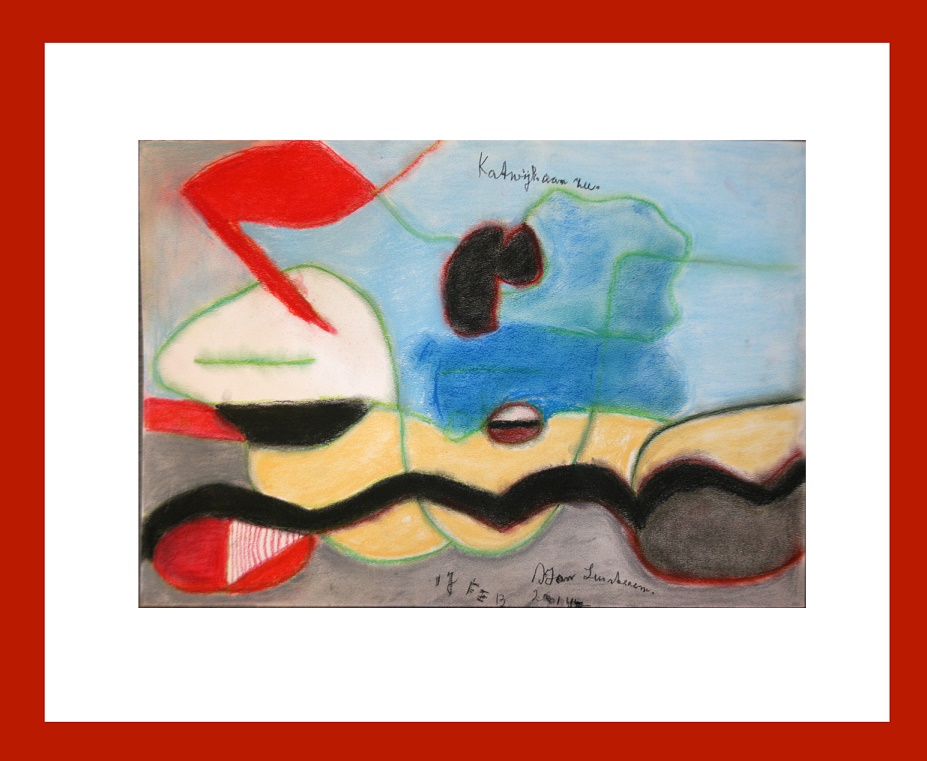
Outpatient Care Art
Drawing and painting, however, aren’t suitable for everyone. “It’s a good tool for 75 percent of people with dementia. There’s also ‘creative care,’ flower arranging, and things like that. And of course, bingo. However, that doesn’t challenge people. The purpose of outpatient care art is to elevate people; it’s a personal challenge. It leads to growth for everyone who participates. I don’t just devise painting and drawing projects, but also poetry projects. The quality of the work is so high that people from outside the community come to see it.”
Walter spends four half-days and two mornings on it. It requires a fair amount of preparation and reporting, taking up about sixty hours a week. “I’ve been here at Archipel since 2011. It’s deeply connected to me. That’s why I’m trying to broaden it. That’s why I set up outpatient care art (‘Ambulante Zorgkunst’) through the Zorggroep Almere. Six people participate as support staff. They stay at one location for three months and then move on to another. All these local projects culminate in an exhibition, a piece of music, or a poetry collection.”
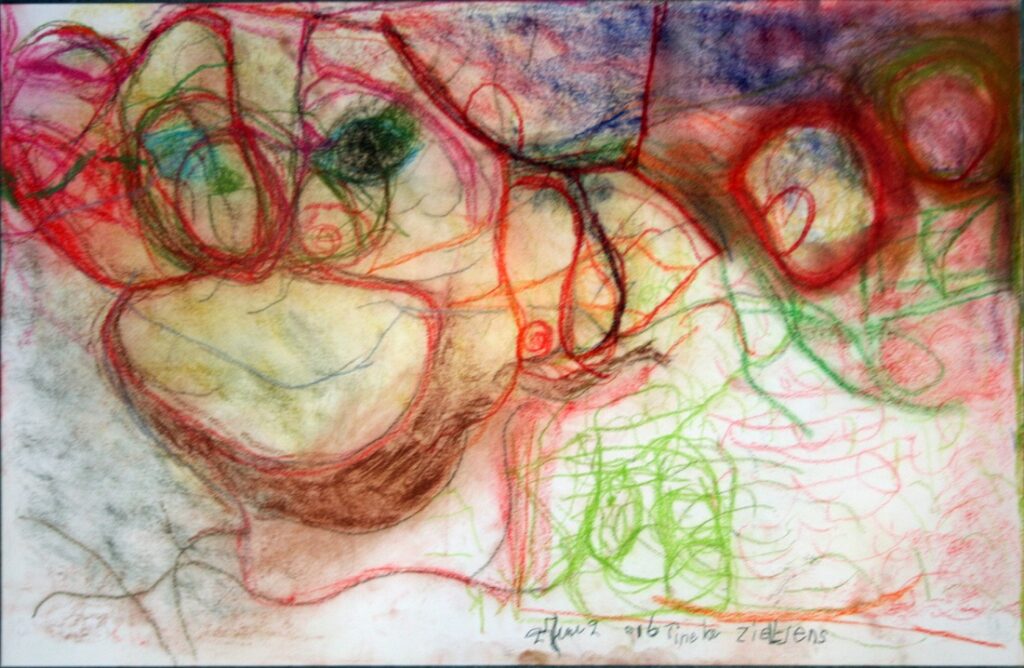
Biographical fairytale project
Walter also creates booklets of poetry. This poetry is the result of conversations with older people. He picks up a few booklets. “These older people have an advantage because they answer so naturally. When I ask them, ‘What is beauty?’ of course, they have to think for a moment. But then something comes up. I write it down literally. This includes things they say about norms, values, and philosophical thoughts. That’s how the booklet ‘Don’t forget wisdom’ came into being. I try to share this with others, to create poetry that way.”
He himself has also done this with non-dementia patients. He visited 28 people for two years, each time for an hour and a half. He had them talk about their lives. Ultimately, four booklets were published. He calls it a ‘biographical fairy tale project’. “Based on what was told, I wrote a fairy tale, focused on their life. Why did a particular person experience these specific things? I feel like you already have all the things you experience inside you before you’re born. You then have to learn certain things, but the task to do so comes from you.”
That fairy tale will be published on a panel measuring one by one and a half meters. A total of 28 fairy tales have been published so far. The walls of Archipel are the exhibition space.
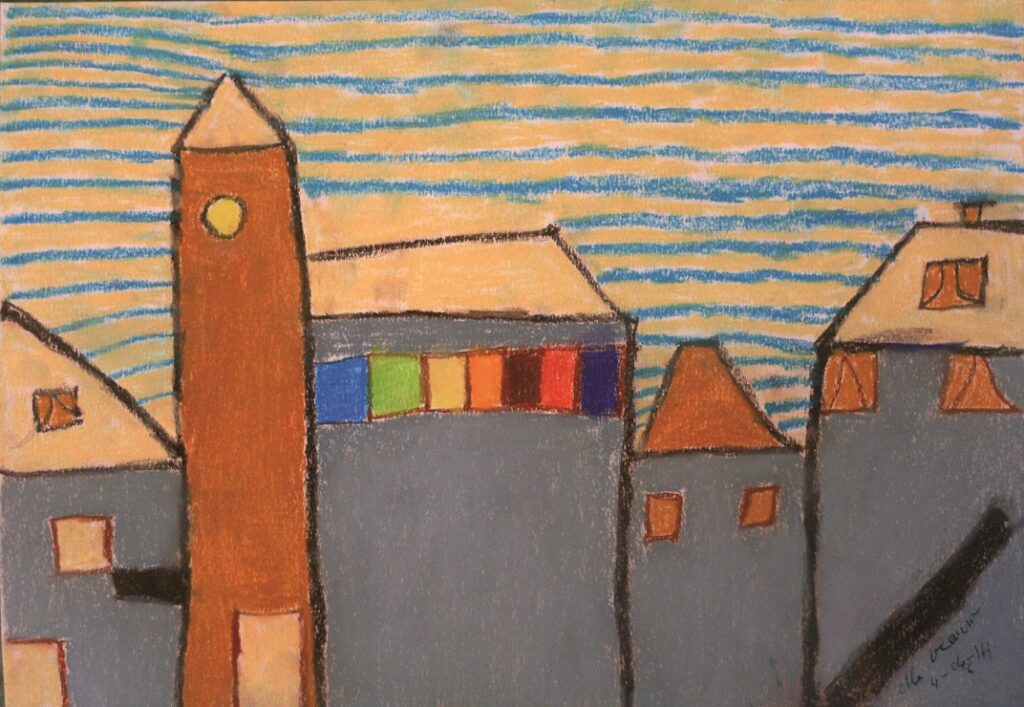
Reading aloud in class
He also had a few elderly people read aloud from their own stories at the ‘De Omnibus’ primary school. The children were asked to draw pictures based on the stories they heard. “When elderly people read their fairy tales aloud in class, the children are very open. And that’s special for today’s children, because they’re usually never quiet. If elderly people become emotional about what they read, children become emotional too. They tell a life story that is sometimes dramatic. For example, that as a child they were responsible for an entire family during the war. Imagine that. That’s very impressive.”
Hein Walter attended the Academy of Fine Arts in Amsterdam, graduating in 1985. He began his artistic career as a painter, but soon turned to literature, particularly poetry. He is an all-around artist and, in part, a care artist. He is also the artistic director of the KVF, the Flevoland Artists’ Association. The care art projects originate from the Silkworm (Zijderups) foundation.
First published 2014.
http://www.heinwalter.nl/
http://www.dezijderups.nl/
http://www.flevokunst.nl/lid/hein-walter
https://inzaken.eu/index.php/2024/11/08/hein-walter-is-zelfstandig-kunstenaar-en-zorgkunstenaar

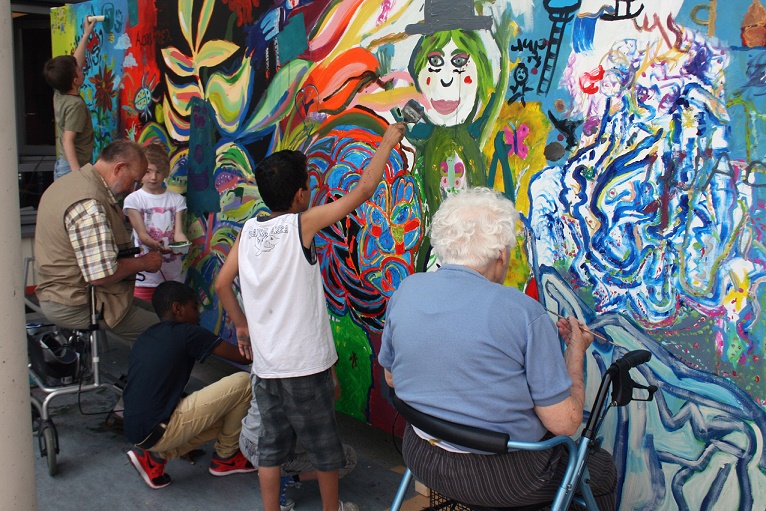
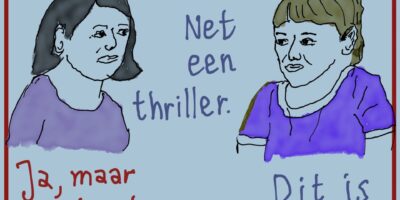
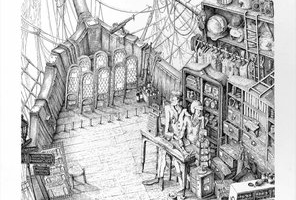
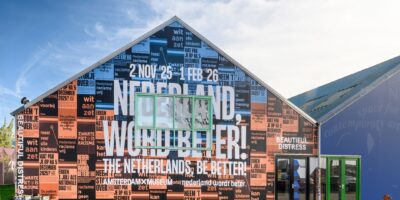



Leave a Reply